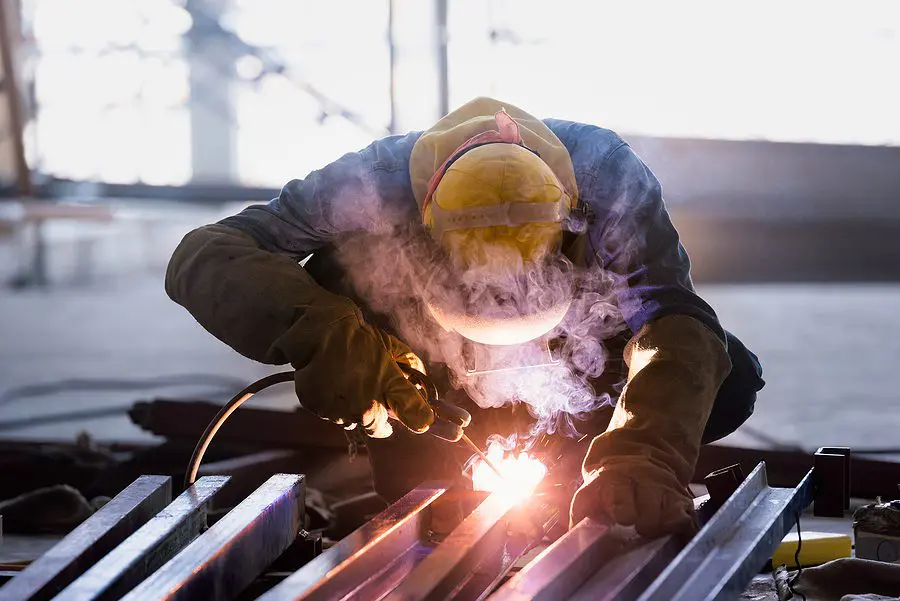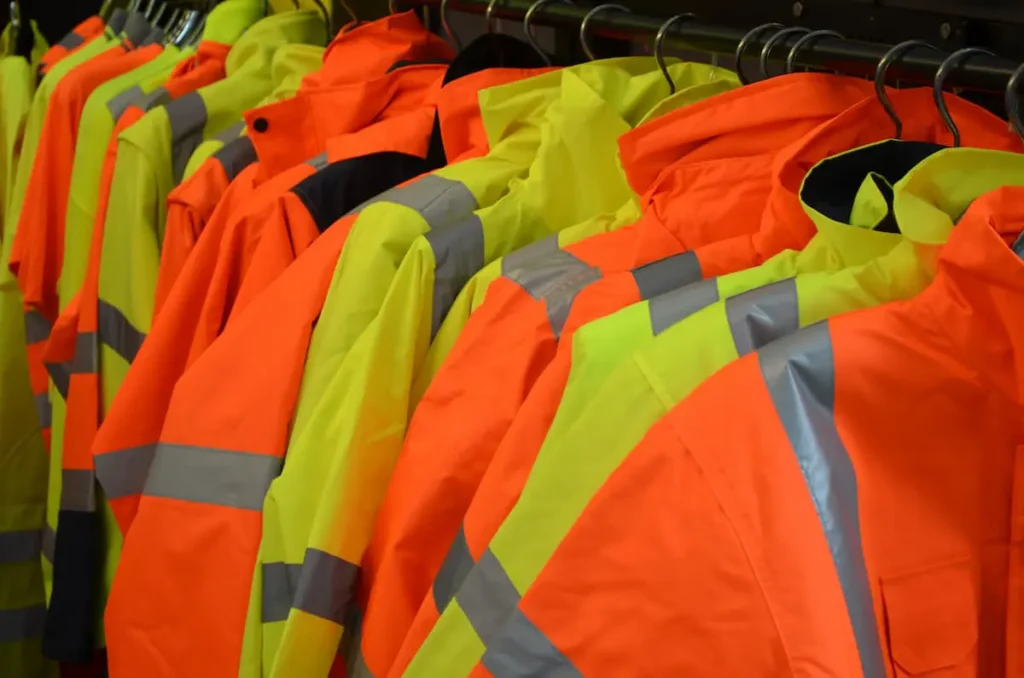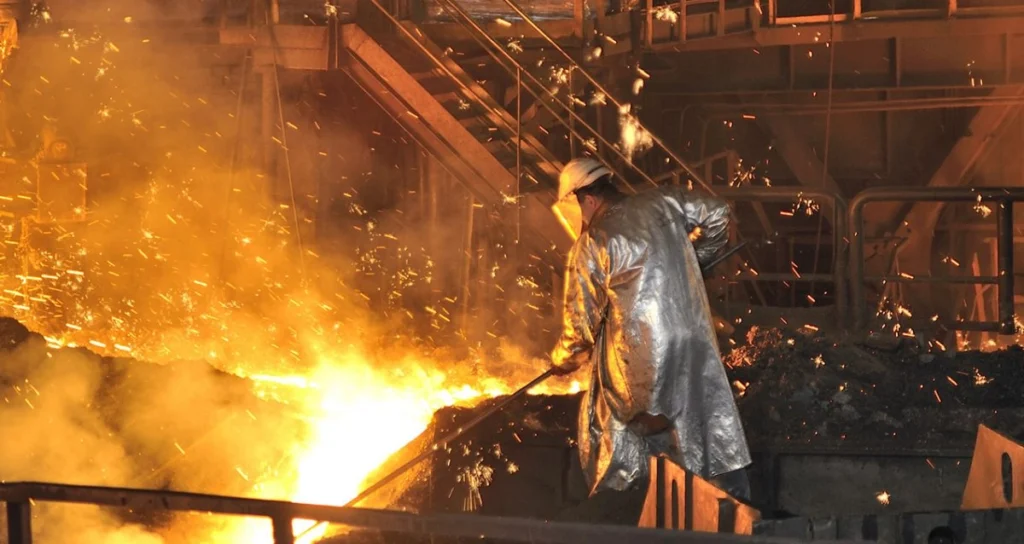
When sourcing welding PPE, many buyers fall into the trap of focusing solely on upfront cost. On paper, a $40 jacket looks cheaper than a $120 jacket—but what happens after 6 months? What about injury risks, downtime, and compliance penalties? The reality is, the cheapest option often turns out to be the most expensive in the long run.
This guide dives deeper into why budget PPE costs more than you think, provides case studies, and gives you hard numbers and ROI formulas to justify smart procurement decisions.
Why Cost Isn’t the Only Factor
Welding PPE does more than protect workers from sparks and spatter—it safeguards productivity, compliance, and your company’s reputation.
Hidden Risks of Choosing Cheap PPE:
- Frequent replacements = higher operational costs
- Increased risk of burn injuries and OSHA violations
- Lower comfort leads to non-compliance by workers (they take gear off mid-task)
- Poor durability = unexpected downtime
Industry Data:
A single burn injury can cost $42,000 to $65,000, factoring in medical treatment, lost time, and insurance premiums—not including the brand damage or legal costs.
Premium vs. Budget: What’s the Difference?
| Feature | Budget PPE | Premium PPE |
|---|---|---|
| Material Quality | Basic FR cotton; minimal stitching | High-grade leather, FR blends, reinforced seams |
| Durability | 1–3 months in heavy-duty use | 8–12 months average service life |
| Comfort & Ergonomics | Standard fit, heavy, poor ventilation | Hybrid fabrics, ventilation panels, ergonomic cuts |
| Compliance | Often generic “FR” labels | Fully certified (EN ISO 11611, ANSI Z49.1) |
| Support | No guidance or warranty | Care instructions, tech support, warranties |
Buyer Insight: Premium PPE isn’t just better quality—it includes design features that reduce fatigue and heat stress, helping workers maintain focus and efficiency.
Real-World Case Studies
Case 1: Auto Manufacturing Plant
Problem: Frequent jacket replacements increased PPE costs.
Action: Upgraded from $50 FR cotton jackets to $130 leather-FR hybrid jackets.
Results:
- Jacket life jumped from 2 months to 9 months.
- PPE replacement costs dropped by 45% annually.
- Welders reported 30% fewer heat-related complaints, improving shift productivity.
ROI Calculation:
Budget gear: $50 × 6 cycles/year × 50 welders = $15,000
Premium gear: $130 × 1.3 cycles/year × 50 welders = $8,450
Savings: $6,550/year—not counting lower downtime and fewer injuries.
Case 2: Structural Steel Fabricator
Problem: Purchased low-cost helmets ($70 each) lacking ANSI Z87.1 compliance.
Consequence:
- 3 helmets failed in 6 months.
- One eye injury claim: $6,000 in direct medical costs + 2 weeks lost work. Lesson: Non-certified PPE can wipe out savings instantly.
Case 3: Oil & Gas Welding Contractor
Problem: Management resisted investing in $250 premium gloves, sticking to $45 budget gloves. Outcome:
- Budget gloves lasted 2 weeks under high-spatter welding.
- Premium gloves lasted 8 weeks with better dexterity.
Annual Cost Impact:
Budget: $45 × 26 cycles = $1,170 per welder
Premium: $250 × 6 cycles = $1,500 per welder BUT resulted in zero hand injuries and fewer quality errors, saving thousands in rework.
The Hidden Cost Equation
Direct PPE cost = (Price × Replacement frequency)
Hidden cost = Injury claims + OSHA fines + Downtime + Lost quality
Example Calculation for Jackets:
- Budget jacket: $50 × 6 replacements/year = $300
- Premium jacket: $130 × 1.5 replacements/year = $195
Result: Premium saves $105 per welder annually, before factoring injury risk.
Benefits of Premium PPE Beyond Safety
- Improved Worker Compliance: Comfortable gear = consistent use.
- Reduced Fatigue: Ventilated designs lower heat stress, cutting errors by up to 20%.
- Insurance Benefits: Some insurers offer lower premiums for companies with documented PPE programs.
- Reputation and Workforce Retention: Welders prefer employers that invest in their safety and comfort.
Industry Insight:
Companies investing in premium PPE report lower turnover rates, saving on recruitment and training costs.
How to Justify Premium PPE to Management
Present Total Cost of Ownership (TCO):
- Compare service life of budget vs. premium PPE.
- Add hidden costs: injury payouts, fines, downtime.
- Show ROI using real numbers and projected savings.
Sample ROI Pitch:
“For 50 welders, premium PPE adds $5,000 in upfront cost but saves $12,000 annually through fewer replacements, 10% higher productivity, and zero OSHA violations.”
Buyer FAQs
Q: Do all premium PPE brands guarantee longer life?
A: No. Look for EN ISO 11611 or ANSI Z49.1 compliance and test reports—not just marketing claims.Q: Can premium gear improve weld quality?
A: Yes. Better ergonomics and less heat fatigue reduce welding defects by up to 15%.Q: Does premium PPE reduce liability insurance costs?
A: Often, yes. Many insurers give discounts for companies with documented safety programs.
Quick Cost-Justification Checklist
- [ ] Gather historical PPE replacement and injury data.
- [ ] Calculate cost per year for budget vs. premium.
- [ ] Include OSHA fine risk ($15,625 per violation).
- [ ] Add ROI calculation to procurement proposal.
- [ ] Secure supplier certifications to avoid compliance gaps.
Conclusion
Budget PPE seems affordable until hidden costs surface—burn injuries, compliance penalties, and productivity loss. Premium welding PPE delivers long-term savings, improved worker morale, and fewer risks. It’s not just a purchase—it’s an investment in safety and operational excellence.
Looking for certified welding PPE with clear ROI data?
Email: [email protected]
Website: www.workwearsolutions.net
Zion Zhang
Recent Posts
 Antimicrobial & Self-Cleaning Fabrics: Hygiene in Food, Pharma & Healthcare2025年9月20日In industries where hygiene is non-negotiable—food […]
Antimicrobial & Self-Cleaning Fabrics: Hygiene in Food, Pharma & Healthcare2025年9月20日In industries where hygiene is non-negotiable—food […] Sustainable & Circular Workwear: Meeting ESG Demands in 20252025年9月20日Workwear has always been about safety and functionality, […]
Sustainable & Circular Workwear: Meeting ESG Demands in 20252025年9月20日Workwear has always been about safety and functionality, […] Cooling Fabrics for Hot Climates: Innovations for Africa & Middle East2025年9月20日Step into a construction site in Dubai at noon or a highway […]
Cooling Fabrics for Hot Climates: Innovations for Africa & Middle East2025年9月20日Step into a construction site in Dubai at noon or a highway […] Smart Workwear: How IoT and Sensors are Changing Safety Gear2025年9月20日Walk onto a modern construction site, an oil rig, or even a […]
Smart Workwear: How IoT and Sensors are Changing Safety Gear2025年9月20日Walk onto a modern construction site, an oil rig, or even a […] Workwear for Central Asian Mining & Energy Projects2025年9月18日From the coal mines of Kazakhstan to the oil fields of […]
Workwear for Central Asian Mining & Energy Projects2025年9月18日From the coal mines of Kazakhstan to the oil fields of […] Workwear for South American Logistics & Warehousing: Comfort and Safety in Long Shifts2025年9月16日South America’s logistics and warehousing industry is […]
Workwear for South American Logistics & Warehousing: Comfort and Safety in Long Shifts2025年9月16日South America’s logistics and warehousing industry is […]
CONTACT US
- Feel free to contact us any time. We will get back to you as soon as we can!
- +86-17330061805
